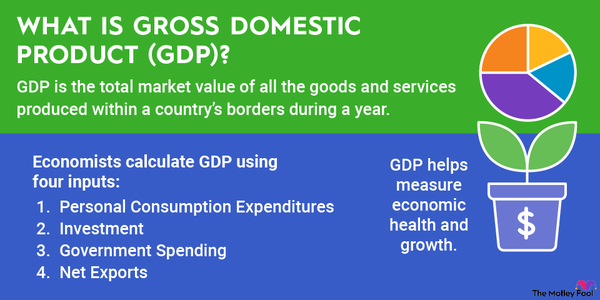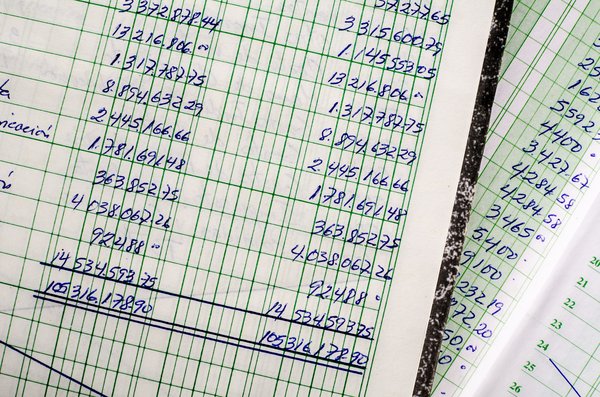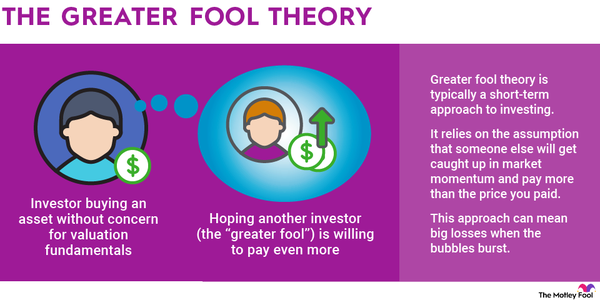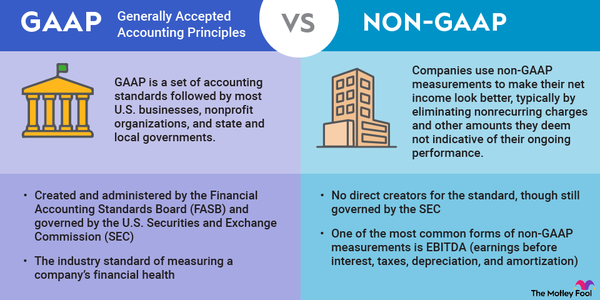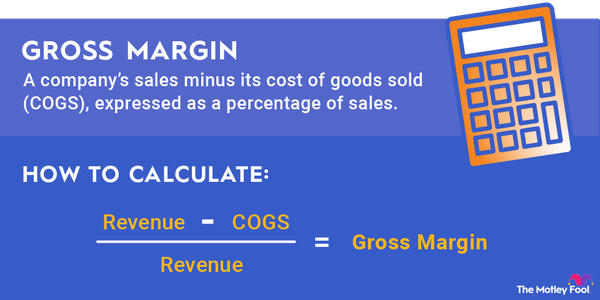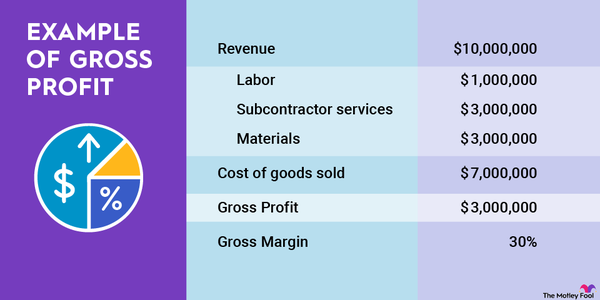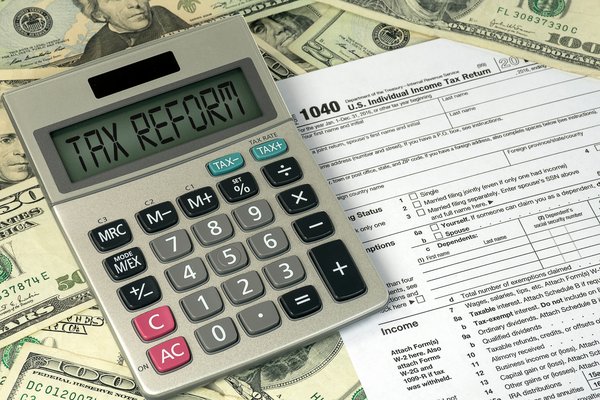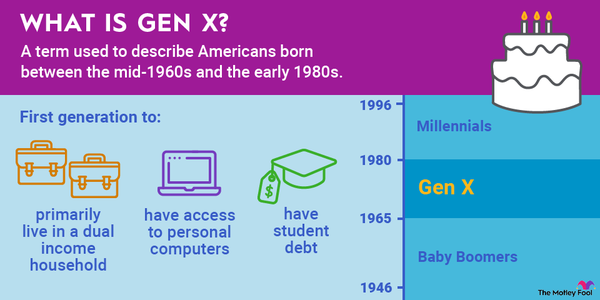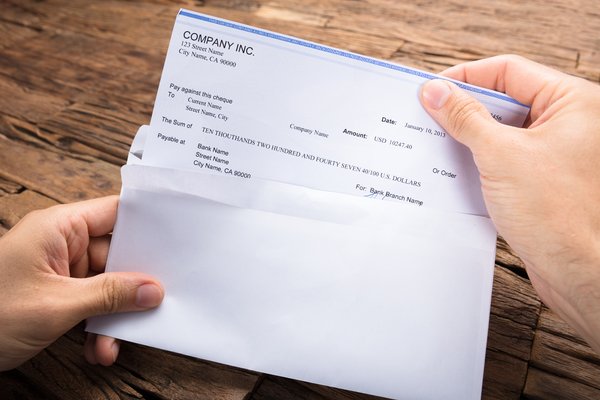Beginning traders often buy their stocks one order at a time, relying on dollar-cost averaging and a long-term time horizon to build their portfolio. These traders aren't wrong to do it this way. But bigger traders often automate their trades, using tools like good-til-canceled orders. This allows them more certainty about the value of trades without having to babysit portfolios all day long.

Overview
What is a good-til-canceled order?
A good-til-canceled order is a way to automate large stock transactions at set price points. You configure the good-til-canceled order in your stock account, and it will continue to attempt to buy or sell the specified stock at a given price point.
Most good-til-canceled orders aren't really indefinite but instead last for a quarter or for a rolling 90 days, depending on how your brokerage has them configured. Other conditions may cancel a good-til-canceled order, as well, including stock splits and certain kinds of dividend payments. If you're interested in a good-til-canceled order, check with your broker for a list of ways these can terminate.
GTC vs. immediate-or-cancel
Good-til-canceled order versus immediate-or-cancel order
There are several different types of time-in-force orders like good-til-canceled, including immediate-or-cancel orders. The names of these two types are very similar, although they are very different procedures, and can lead to confusion.
In an immediate-or-cancel order, the order is filled immediately at the best offer price for buys and best bid price for sells at that moment. They allow brokers to fill large orders at the same price, leaving nothing outstanding in case of price fluctuations. So, if an immediate-or-cancel order can only fill half of its need, the number of shares remaining to be filled is simply canceled.
This is different from a good-til-canceled order, which will persist until it's filled at a set price point.
GTC benefits
Benefits of a good-til-canceled order
A good-til-canceled order is a reliable way to trade all the shares of a stock that you want without paying more or taking less than you want. Because you can set the threshold at which your stocks are bought or sold, you also don't need to watch for market movement since the computer will do all of that for you and react accordingly.
Being good-til-canceled also means that the trade goes on and on, even when you're working on something else. You may anticipate a drop in a stock price, but you're not sure when it's going to happen, so you place a good-til-canceled order for the next 90 days to catch that anticipated, but not precisely predictable, dip.
Related investing topics
How GTC works
How a good-til-canceled order works
Here's an example of how a good-til-canceled order works:
You decide that you want to buy 5,000 shares of ABC, Inc. for $17.50 per share or less and place a 90-day good-til-canceled order. On day one, ABC, Inc. is at $19 per share, so nothing happens. It remains around this level for a week, and then on day nine, it drops to $16 per share unexpectedly.
This is when your good-til-canceled order kicks in. The moment the computer detects the shares dropping in price, it pounces, buying up as many shares as it can below your specified threshold. But, in this case, there were only 1,000 shares to be had.
That's OK; your good-til-canceled order is still good because it wasn't canceled. It's just now only looking for 4,000 shares. This pattern repeats itself until your share order is filled or other cancellation conditions are met.
Good-til-canceled orders also work in reverse, if you want to sell 5,000 shares of ABC, Inc. Instead of your order waiting for a price below your specification, it looks for a price above your specification and sells as many shares as it can at that price until they're gone.
